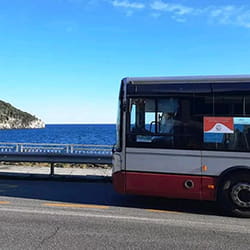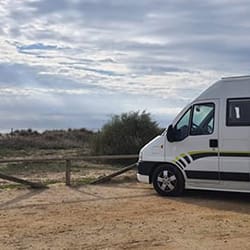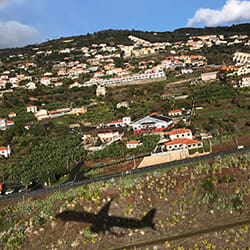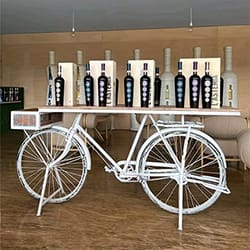This month I am reporting on driving in Germany.
Autobahns – Where speed is king
Germany’s autobahns (high speed) are a 13,000-km network of toll-free motorways across the whole country. There are speed-restricted and unrestricted zones, with speed limits between 80 and 130 km/hour set for speed-restricted zones. Speed enforcement is strict in these speed-restricted zones, so although they allow for maybe 10% over, which would be 110 km/h in a 100 km/h zone, it’s a good idea to stick closely to the speed limit particularly where there are speed cameras.
In contrast, there is no speed limit in unrestricted zones, so you are often overtaken by cars traveling at 200 km/h or more in the overtaking lane. Occasionally a Porsche or Mercedes Benz sports car will zoom past you (I dare say at about 250 km/h?!), so it’s wise to drive in the middle of your line and check your mirror.

German cars – Well-built and safe
German cars are built on the assumption they will be driven fast, so I would say they are probably the safest cars for driving on the autobahns.
<Features of German cars>
・Strong bodies
・High accelerating performance
・Stable at high speed
・Powerful braking (a reassuring feature enabling 4-wheel drive cars, in particular, to grip the road well even on rainy or snowy days)
German cars such as Mercedes Benz, BMW, Porsche, Audi, and Volkswagen are not only safe, but their engines are well-built, so whereas in Japan they get rid of your car after 100,000 km, in Germany they usually keep going for 200,000 to 300,000 km.
Being able to keep driving an expensive car for a long time is economical, which is one of the reasons why second-hand cars keep their value.

Suddenly changing your character when you get behind the wheel
They say you can know a person’s character when they are playing tennis or a card game and so on, but in Germany, they say that people change their characters when they get behind the steering wheel
Some ordinary country roads are national highways with speed limits of 70 to 100 km/h, so when I take it easy, a car behind me often flashes their headlights.
There’s not much of the spirit of thoughtfulness, of give and take, in individualism, so there are moments when I get on the autobahn and a driver deliberately won’t let me in, or tailgates me at about 5 m, that I would like to reverse import the give-and-take spirit.

The excellent LKW (truck) regulations
Something about the German traffic rules that I think is especially excellent is the lovely driving by LKW (truck) drivers! They strictly observe the speed limit, and if an autobahn has, say, three or more lanes, trucks never drive in the overtaking lane!! Not having trucks in the overtaking lane makes visibility better, and it’s safer for the other vehicles. (Trucks that travel at unreasonably high speeds risk rolling over, so it is a point of concern.)
And the restrictions on truck drivers are even stricter, with a set limit on daily driving hours. There is never anything like a 16-hour working day, which would risk drivers falling asleep at the wheel (but it seems this doesn’t apply to long-haul drivers in Japan, Spain, and Poland).
Under law, truck drivers must also be sure to stop and rest for an hour. There is also a system that police use to check whether truck drivers have rested properly or whether they have taken a diversion, and so on, based on the distance and time they have traveled. Without a special permit, trucks are prohibited from driving on Sundays.
In Japan, service is given greater weight than labor conditions due to time constraints, but from the point of view of truck drivers’ safety, method, and order, I think there are a lot of lessons that could be learnt from German road rules.































































